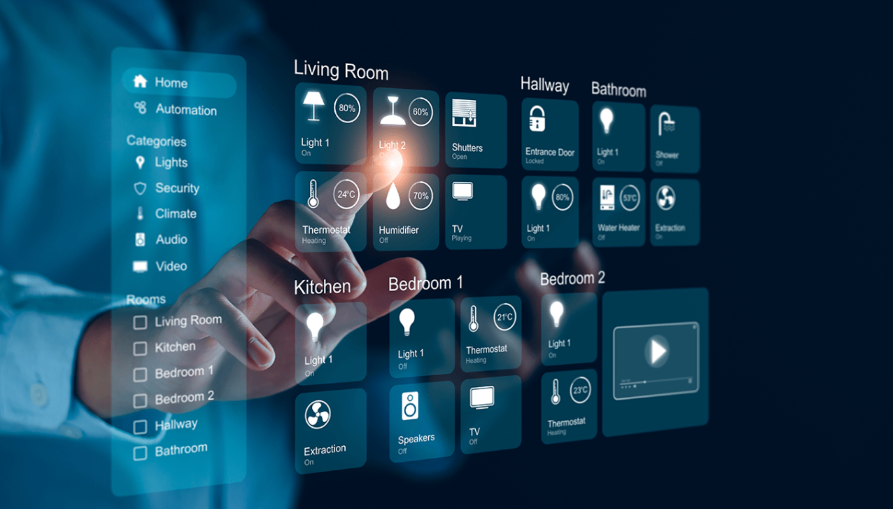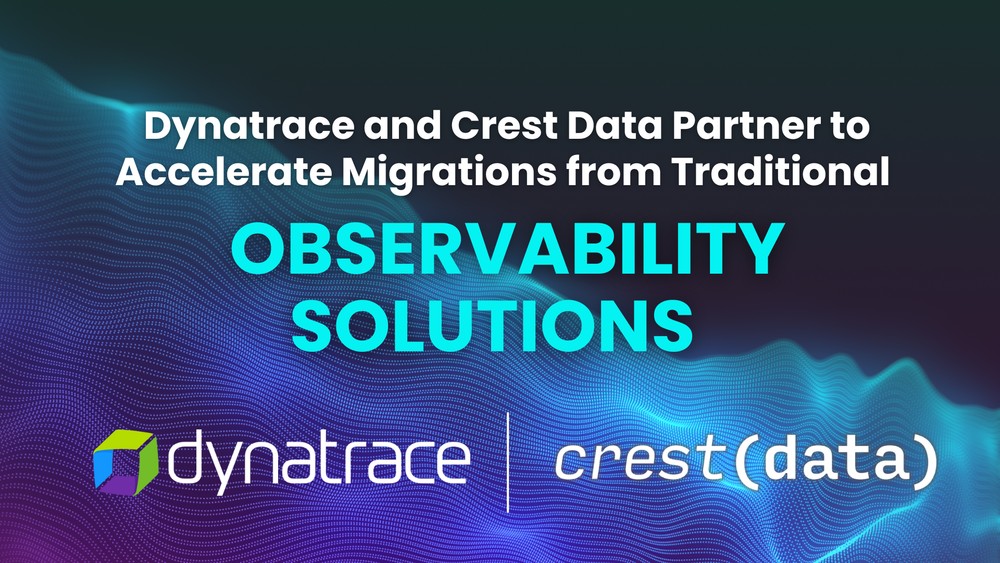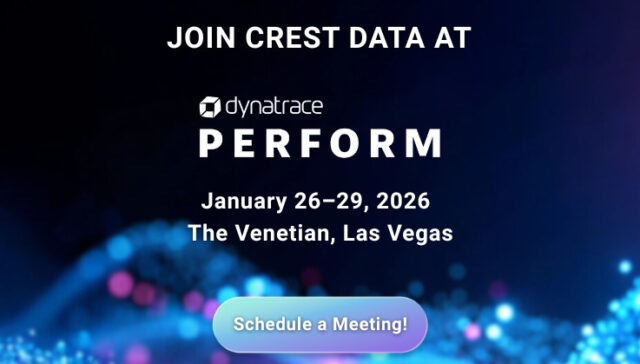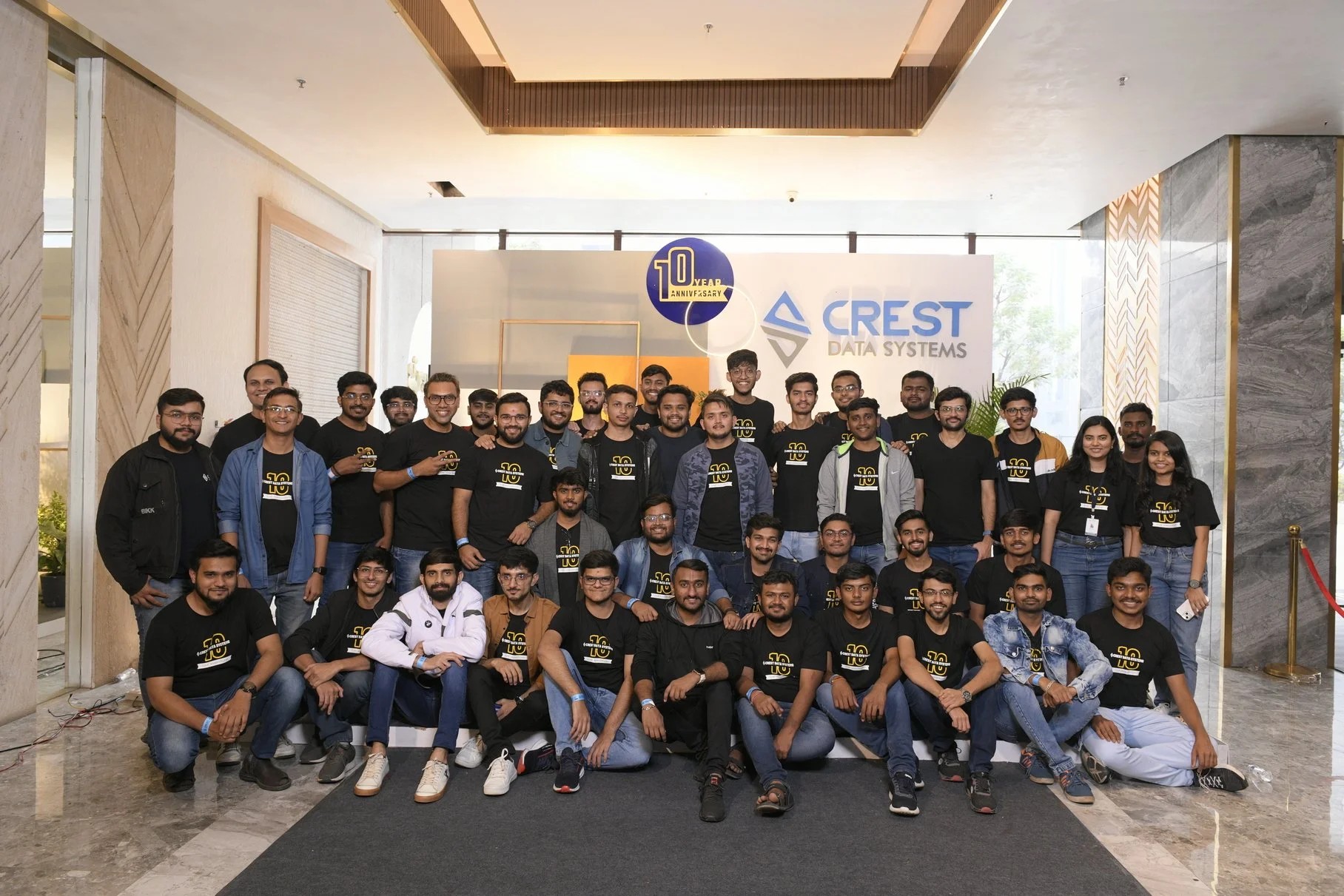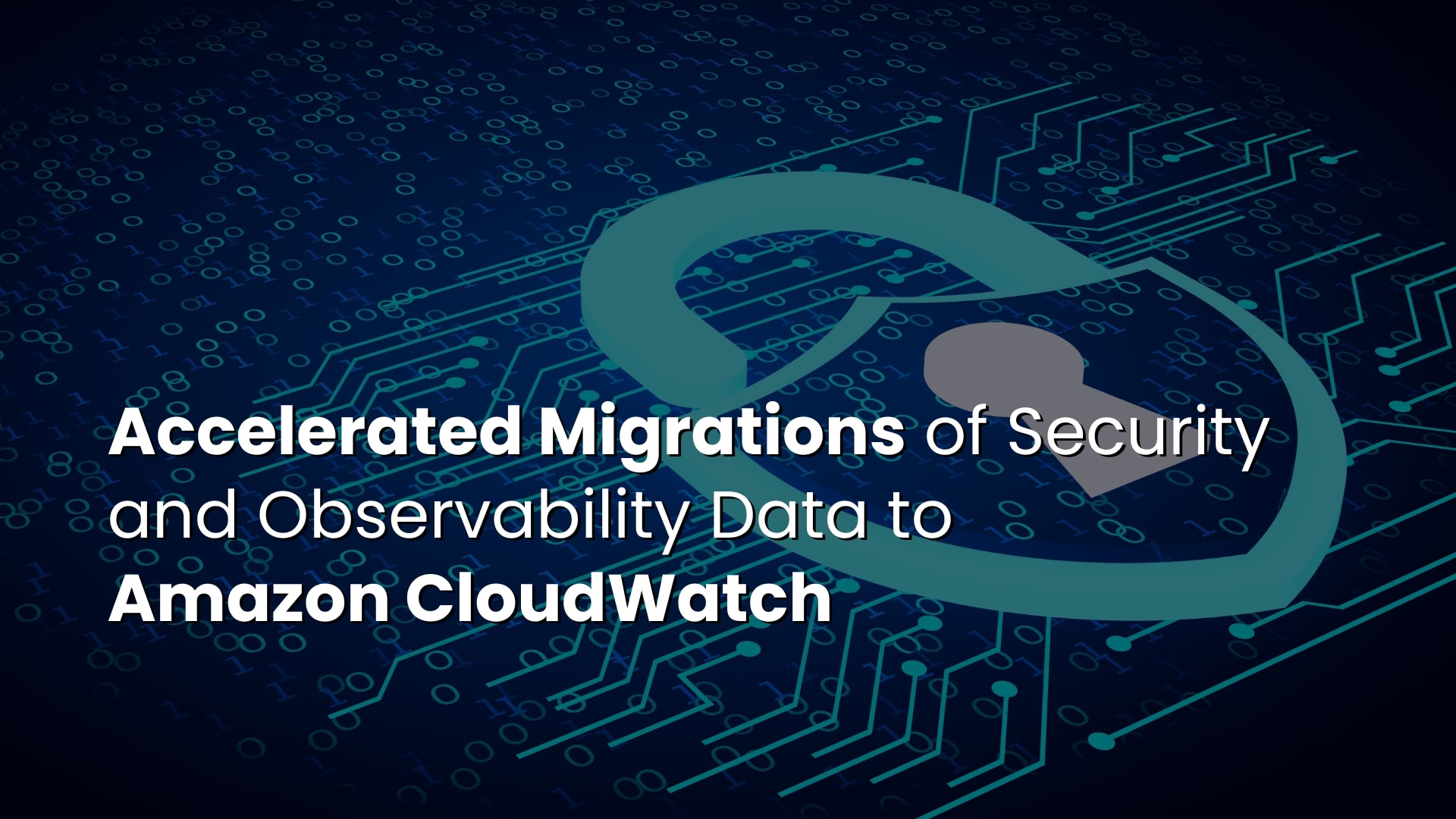Unveiling the Power of Graph RAG: Revolutionizing Conversational AI and Knowledge Retrieval

Have you ever wondered how chatbots or virtual assistants seem to understand and respond to your queries so effectively?
Enter Graph RAG (Retrieval-Augmented Generation), a cutting-edge approach in natural language processing that’s revolutionizing how computers understand and generate human-like text.
Graph RAG (Retrieval-Augmented Generation) is a clever way of making computers understand and generate human-like text responses by combining two powerful techniques: graphs and retrieval-based methods. Let’s break it down.
Firstly, imagine a graph as a map where different pieces of information, like related words or topics, are interconnected. Graph RAG organizes this information into a structured graph-like format, illustrating how these elements are related to each other.
Next comes retrieval, akin to searching the vast expanse of the internet for relevant information. Graph RAG sifts through extensive databases of text to retrieve pertinent information based on user queries or conversation context. It’s like having a well-organized library at your fingertips, enabling the system to swiftly locate and extract the most relevant passages or documents.
Understand Graph RAG with an example
Imagine you’re a customer shopping online and have a question about a product. You type your query into the chatbox:
Customer: “Does this camera come with a warranty?”
Here’s how Graph RAG can handle this interaction:
Graph Organization:
The system has a structured graph that represents various topics related to the e-commerce domain, including products, warranties, customer inquiries, and more.
Each node in the graph corresponds to a specific concept or piece of information, and edges denote relationships between them. For instance, there might be nodes for “Products,” “Warranties,” “Customer Support,” and “Inquiries,” with edges indicating connections between relevant topics.
Retrieval:
Upon receiving the customer’s query, the Graph RAG system searches its database of product information, warranty policies, and frequently asked questions (FAQs).
It identifies relevant passages or documents related to warranties for the specific camera model mentioned by the customer.
Generation:
Using the retrieved information and the context provided by the customer’s query, the system generates a response tailored to the inquiry.
The chatbot formulates a natural-sounding reply, confirming the warranty details of the camera and perhaps providing additional information, such as the duration of the warranty coverage and any terms or conditions associated with it.
Chatbot: “Yes, the camera you’re interested in comes with a one-year warranty. This covers manufacturing defects and malfunctions. If you encounter any issues within the warranty period, our customer support team will assist you with repair or replacement options. Is there anything else I can help you with?”
In this example, Graph RAG efficiently combines its retrieval capabilities with a structured understanding of relevant topics to provide accurate and contextually appropriate responses to customer inquiries, enhancing the overall user experience and effectiveness of the e-commerce chatbot.
How is it different from the traditional RAG models
Representation: Traditional RAG models typically represent retrieved information in a flat format, such as a list of passages or documents. Graph RAG, on the other hand, organizes retrieved information into a structured graph-like format. This structured representation captures the relationships between different pieces of information, enhancing the model’s understanding of context and connections.
Contextual Understanding: Traditional RAG models may rely primarily on the retrieved information itself to generate responses, often without explicitly considering the context or relationships between concepts whereas Graph RAG leverages both the retrieved information and the structured graph representation to generate responses. By understanding the context and connections within the graph, it can produce more contextually relevant and coherent responses.
Complexity and Scalability: Traditional RAG models may struggle with handling complex queries or large datasets efficiently. As the amount of retrieved information grows, the model’s performance may degrade due to scalability issues.Graph RAG, with its structured graph representation, offers better scalability and efficiency, particularly when dealing with large datasets. The graph structure allows for more efficient traversal and retrieval of relevant information, even as the dataset size increases.
Interpretability: Traditional RAG models may lack interpretability, making it challenging to understand how the model arrives at its responses. Graph RAG’s structured graph representation provides a more interpretable framework. Users can examine the graph structure to understand the relationships between different concepts and how they influence the model’s responses.
Advantages of Graph RAG
Enhanced Contextual Understanding: Graph RAG leverages a structured graph representation, which allows for a deeper understanding of context and relationships between different pieces of information. By considering the connections within the graph, the model can generate more contextually relevant and coherent responses compared to traditional retrieval-based methods.
Improved Relevance and Accuracy: By organizing retrieved information into a structured graph, Graph RAG can more effectively filter and prioritize relevant content. This leads to higher accuracy and relevance in generated responses, as the model can focus on information that is most closely aligned with the user’s query or conversation context.
Scalability and Efficiency: The graph-based representation in Graph RAG offers better scalability and efficiency, particularly when dealing with large datasets. The structured nature of the graph allows for more efficient traversal and retrieval of information, ensuring optimal performance even with extensive datasets.
Interpretability: Graph RAG provides a more interpretable framework compared to traditional retrieval-based models. Users can examine the graph structure to understand how different concepts are related and how they influence the model’s responses. This transparency enhances trust and understanding of the model’s behavior.
Disadvantages of Graph RAG
Complexity of Graph Construction: Creating and maintaining a structured graph representation requires significant effort and computational resources. Constructing an accurate graph that captures relevant relationships between concepts can be challenging, especially for domains with vast and dynamic knowledge bases.
Difficulty in Handling Noise and Ambiguity: Graph RAG relies on retrieved information and the graph structure to generate responses. However, noisy or ambiguous data in the retrieved information can lead to inaccuracies or irrelevant responses. Handling noise and ambiguity effectively remains a challenge for graph-based models.
Scalability Issues with Large Graphs: While structured graphs offer scalability advantages, managing and processing large graphs can still pose challenges, particularly in real-time applications or with extensive knowledge bases. Traversing and querying large graphs efficiently require sophisticated algorithms and computational resources.
Conclusion
In summary, Graph RAG (Retrieval-Augmented Generation) stands as a game-changer in natural language processing, seamlessly blending retrieval-based methods with structured graph representations. Its ability to enhance contextual understanding and generate more relevant, coherent responses holds immense promise across various applications. By fostering scalability, efficiency, and adaptability, Graph RAG not only improves user experiences but also drives innovation and collaboration within the ML community.

